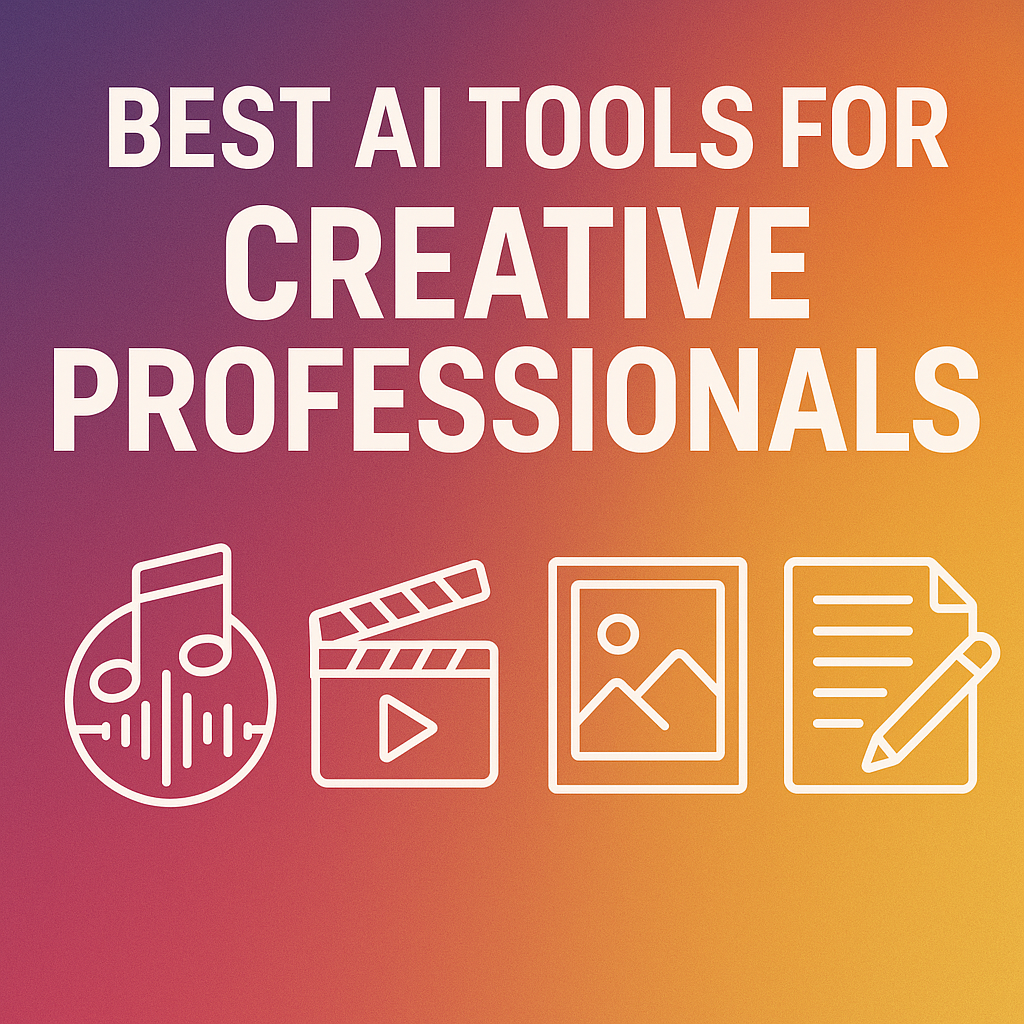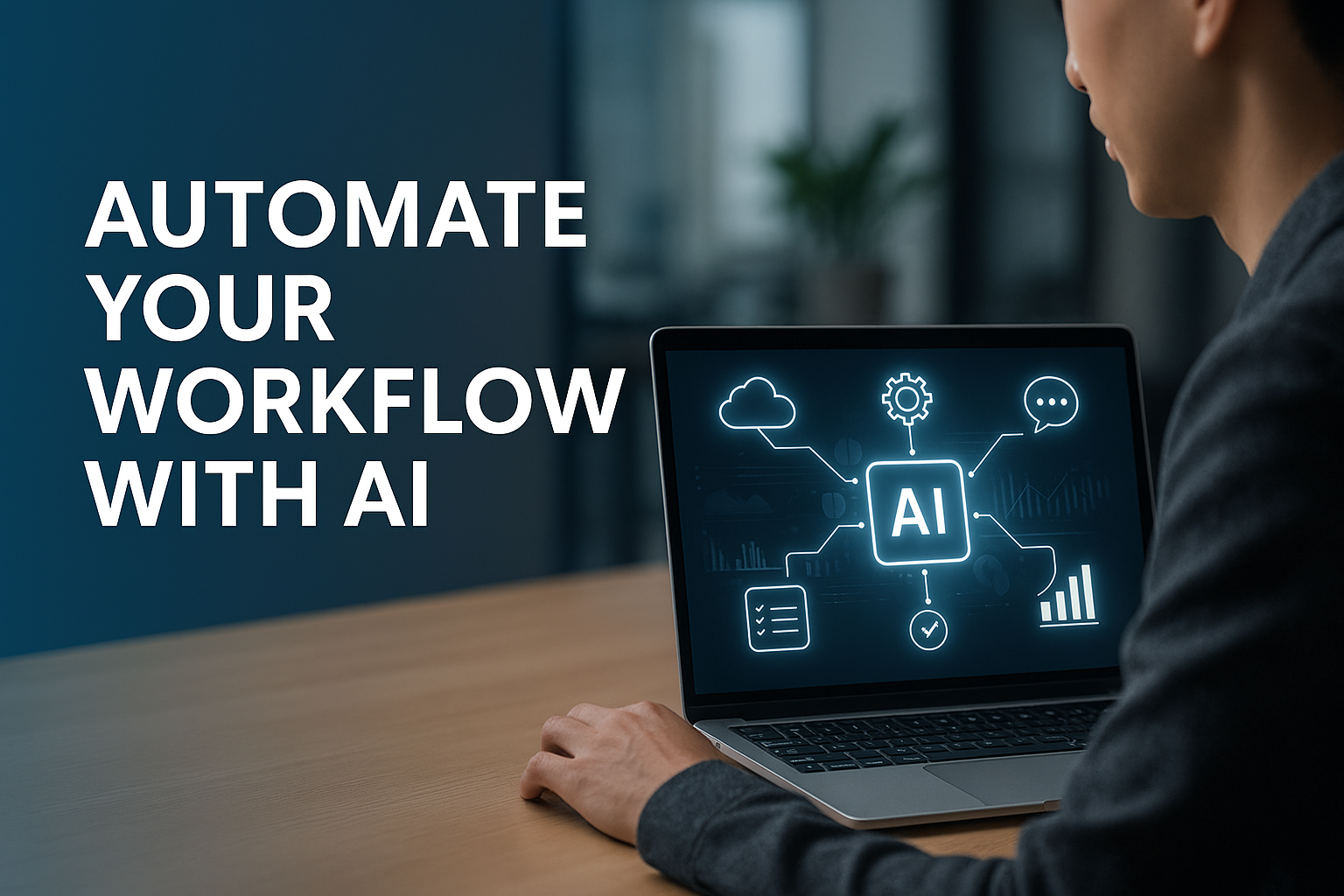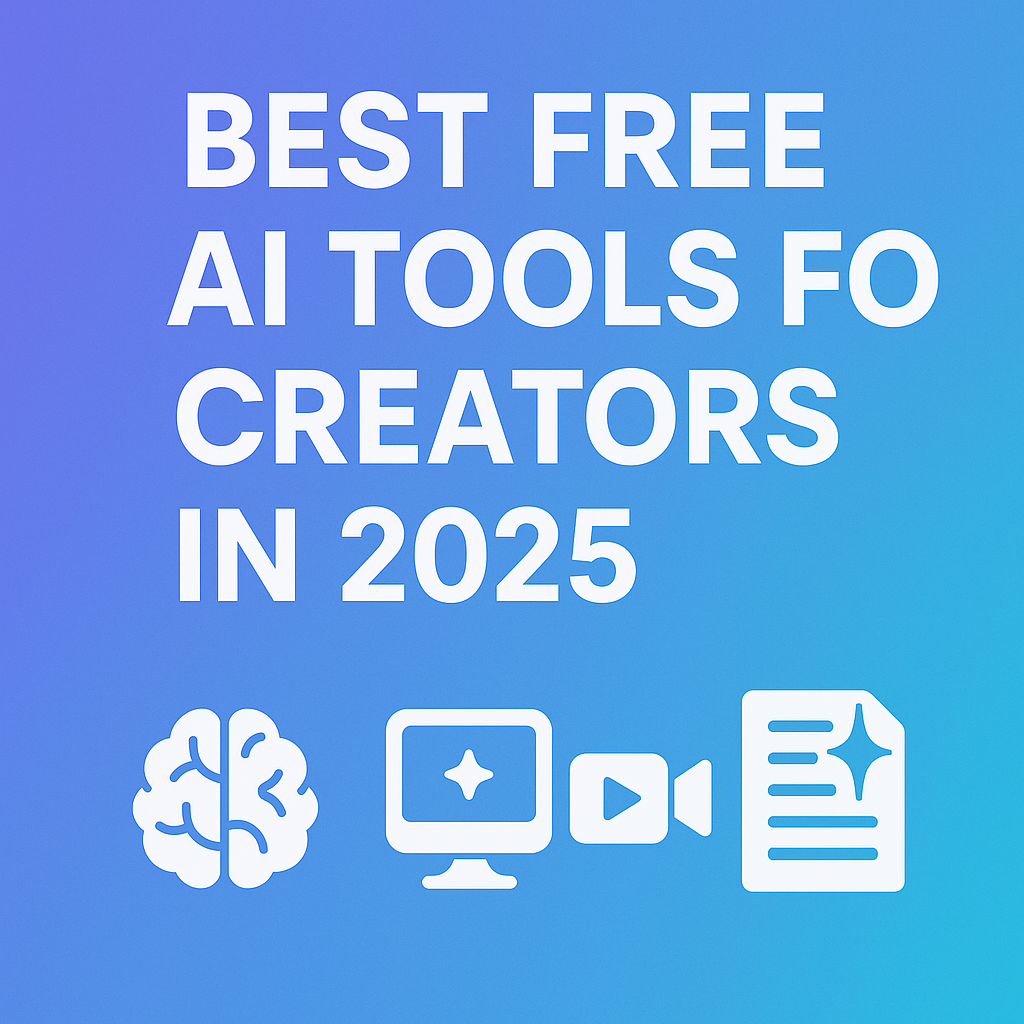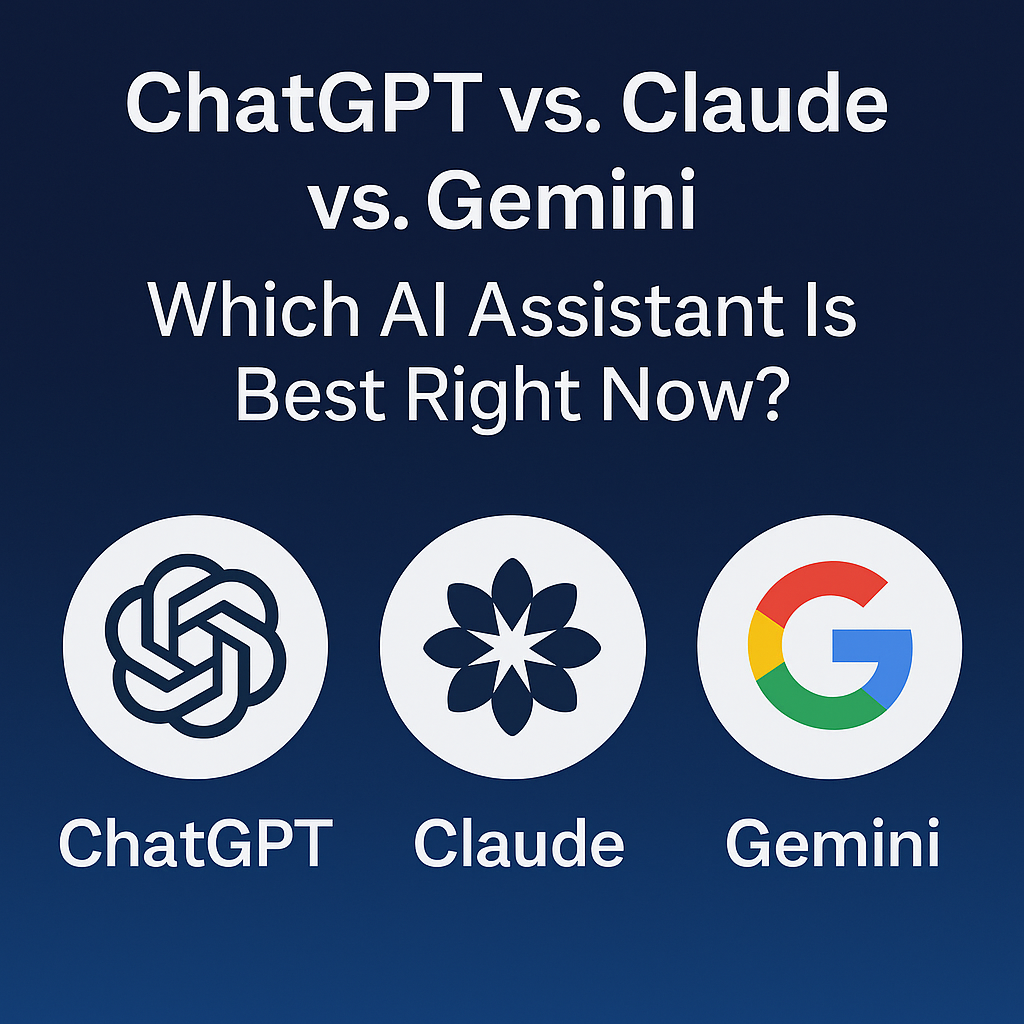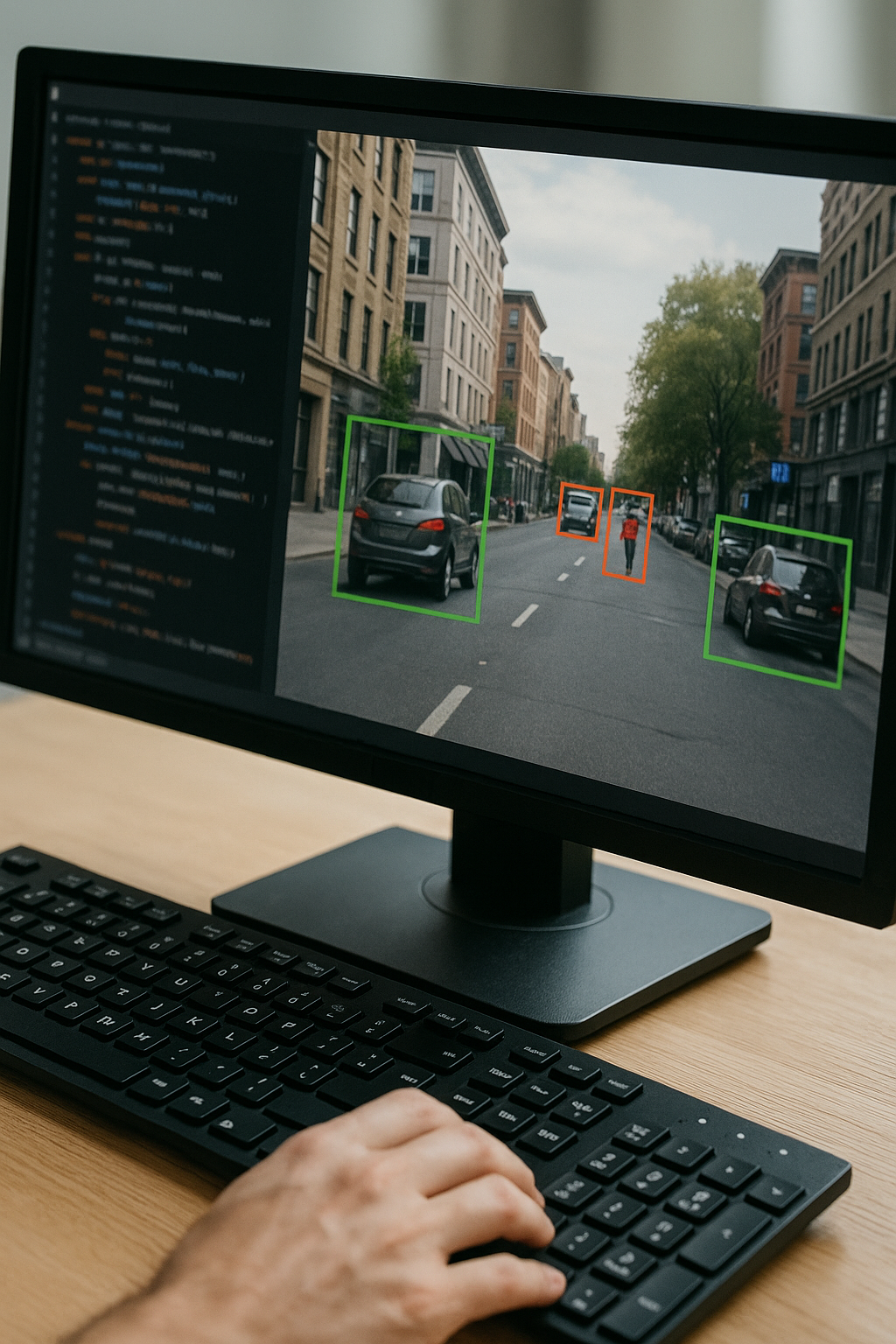AI in financial services: from trading to risk assessment
The financial industry’s quiet revolution
Artificial intelligence is reshaping the financial world—not with loud disruption, but with quiet, compounding intelligence. From the way investment portfolios are managed to how banks detect fraud or assess risk, AI is now woven into the fabric of modern finance.
And it’s not just for Wall Street. From fintech startups to global insurance giants, AI is streamlining operations, boosting decision-making, and redefining how trust and efficiency are built in financial systems.
Let’s break down exactly how AI is transforming banking, investment, and insurance—and where it’s headed next.
AI in investment & trading: smarter, faster, always-on
Trading has long been at the frontier of automation—but AI has taken it several steps further.
Key applications in trading:
- Algorithmic trading bots that make decisions in milliseconds
- Sentiment analysis tools that scan news, social media, and earnings reports
- Portfolio optimization engines that rebalance investments based on real-time data and risk tolerance
What’s changing:
- Traditional quants are being augmented—or replaced—by machine learning models that spot patterns humans miss
- Hedge funds and robo-advisors alike are leveraging AI to maximize returns while managing volatility
- Predictive analytics can flag potential downturns before they happen
“In 2025, smart money isn’t just fast—it’s AI-enhanced.”

AI in banking: personalization, fraud prevention, and beyond
Banks are under constant pressure to provide fast, secure, and personalized service. AI helps them deliver on all three fronts.
How banks are using AI:
- Chatbots handle customer inquiries 24/7 with natural language
- AI underwriting scores credit applications in seconds using alternative data
- Fraud detection systems analyze transactions in real-time to detect anomalies
- Personalized financial planning uses machine learning to tailor budgets, alerts, and offers
Real-world example:
Bank of America’s AI assistant, Erica, has over 18 million users and handles hundreds of millions of requests annually—saving time, reducing costs, and improving customer satisfaction.
AI in risk assessment & compliance: speed meets accuracy
Regulatory compliance and risk analysis are traditionally slow and expensive. AI makes them faster, more scalable, and—when done right—more accurate.
Risk and compliance areas AI is transforming:
- Credit risk modeling using non-traditional data (e.g., spending behavior, geolocation)
- Insurance underwriting with behavioral data and predictive models
- Anti-money laundering (AML) systems that flag suspicious activity with high accuracy
- Know-your-customer (KYC) automation that speeds up onboarding
Why it matters:
These use cases reduce manual workload and improve outcomes, but also help financial institutions stay ahead of regulations in a fast-evolving environment.

AI-driven insurance: underwriting, claims, and customer service
Insurance companies are using AI to make better predictions, faster decisions, and smoother experiences.
AI in insurance includes:
- AI-powered chatbots that guide users through claims
- Image recognition tools that assess damage to vehicles or property
- Dynamic pricing models based on real-time risk factors (e.g., weather, driving habits)
- Fraud detection in claims processing using anomaly detection
These systems help insurers provide more accurate quotes, faster service, and better protection for both the business and the customer.
Benefits of AI in financial services
- Greater efficiency: Automates repetitive tasks and reduces manual processing time
- Stronger security: Flags fraud and manages cybersecurity risks in real-time
- Smarter decisions: Helps professionals make faster, data-backed calls
- Better customer experience: Personalization at scale, 24/7 service
- Cost reduction: Lowers operational costs across departments
Challenges and ethical considerations
Despite the benefits, AI in finance also raises concerns:
- Bias in credit scoring and decision-making if models are trained on flawed data
- Overreliance on automation in high-stakes scenarios
- Regulatory uncertainty around the use of AI in underwriting or compliance
- Data privacy concerns, especially with alternative data collection
Financial institutions must balance speed with oversight and ensure transparency in their models.
What’s next: AI becomes the invisible core of finance
We’re heading toward a future where AI is embedded in every layer of financial services—from your personal banking app to the compliance frameworks of global investment banks.
In fact, you may already be using AI to manage your money without even realizing it.
But the difference between those who thrive in this AI-driven future and those who struggle will come down to one thing: understanding it before it becomes invisible.
Want more weekly insights like this?
Every week, we break down the biggest shifts in AI, innovation, and how they’re reshaping industries like finance, media, education, and music.
Sign up for our newsletter and stay ahead of the trends that matter—before your competitors do.



